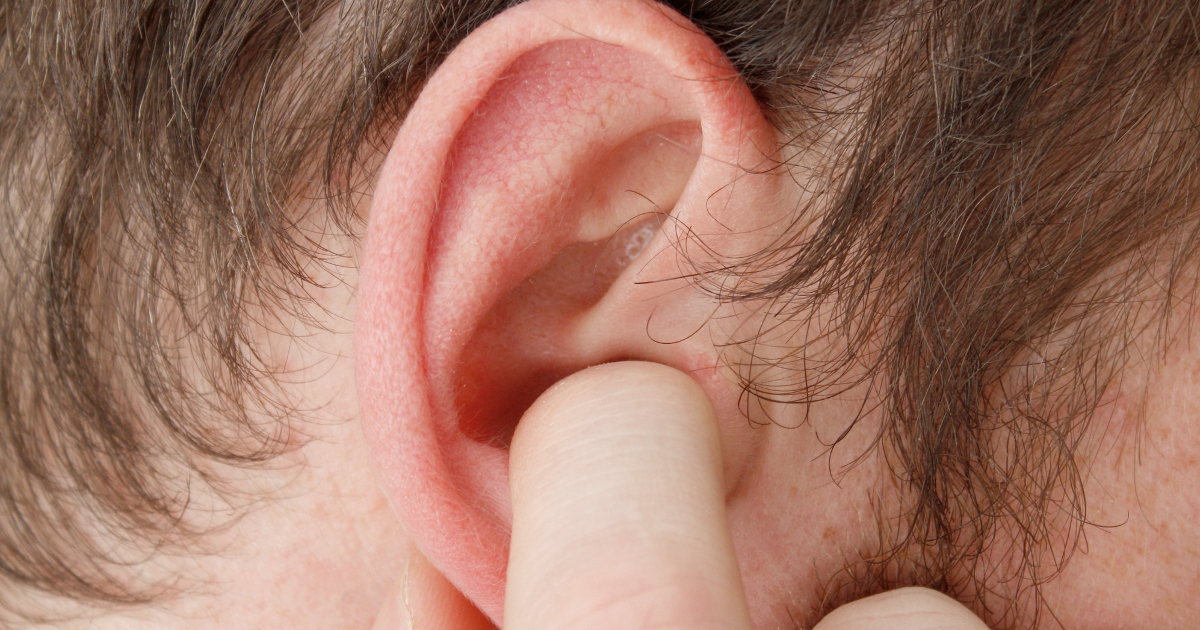
Every day, millions of workers across the nation are exposed to dangerously loud sounds in their workplace. Over time, these sounds can damage hearing capabilities in employees. Are your employees aware of the gradual damage they could be subjected to?
Occupational Hearing Loss
Hearing loss is an issue found around the nation. According to the National Institute for Occupational Safety and Health (NIOSH), there are more than 4 million people who work in dangerously loud conditions every day. Additionally, there are 10 million individuals in the United States who have lost hearing as a result of noise damage. However, most of these cases are attributed to the manufacturing industry. Across the United States, about 13% of the workforce is found in the manufacturing industry. Out of the nearly 60,000 occupational illnesses that occur every year in manufacturing, over 17,000 of them are hearing-loss cases.
What is the impact?
Noise-induced hearing loss (NIHL) occurs when hair-like sensors in the ear, called stereocilia, are damaged. NIHL can be caused in two different ways. First, an isolated event that creates an ‘impulse sound’ can damage hearing even after a single exposure. An ‘impulse sound’ could be some sort of explosion or other event that sends shockwaves through the air.
Occupational hearing loss takes and NIHL takes place through prolonged exposure over an extended period of time. For example, machine shops have consistent loud noise. Over time, these sounds can damage worker hearing. Sounds that are over 85 decibels (such as roar of heavy city traffic) can cause hearing damage if exposure lasts for an extended period of time. It is also important to remember that distance from the sound and duration of the sound can be key factors in the severity of exposure.
Over time, workers exposed to dangerously high sound levels will begin to lose their hearing. The hearing loss is gradual, and may not be noticed for many years. Still, over time sounds that were once easily recognizable will be muffled and difficult to register. Many individuals with NIHL due to occupational exposure end up needing hearing aids.
Occupational hearing loss not only plagues effected workers for the rest of their lives, but it also costs companies millions of dollars. Every year, companies around the country spend nearly 250 million dollars combined on workers’ compensation for occupational hearing loss. So, not only are dangerously loud sounds impacting employee health and wellness, they are also sapping company and insurance funds.
How can you protect your hearing?
First, employers need to bring attention to the seriousness of occupational hearing loss. Due to its gradual progression and with no symptoms, occupational hearing loss can be hard to take seriously. This is why it is vital that employers communicate its severity to workforces across the nation.
Implementing a hearing loss prevention program is a great place to begin. Employees need to be actively engaged and incorporated into this process. What are their concerns? Are there areas that management has overlooked? Gathering all necessary information and perspective is vital to developing an effective plan.
Proper personal protective equipment needs to be supplied. There are laws implemented by the Occupational Safety and Health Administration that require employers to provide PPE when noise levels exceed a certain limit.
Not only do employers need to comply with the standards set in place by OSHA, but they need to enforce the use of PPE among their employees. Even if employees may not be bothered by the noise, or feel like it isn’t harmful, PPE must be worn at all times. Employers need to have a zero-tolerance policy for employees who neglect to wear their PPE.
Finally, employers need to monitor all workspaces to ensure that noise levels are not exceeding standards. Maintaining machines can reduce mechanical noise and help keep noise levels at a minimum. If employees complain or are concerned with noise levels in a certain area, then those concerns need to be acknowledged and investigated.
Noise induced hearing loss is a serious issue. However, it is often overlooked because it makes such a gradual, seemingly irrelevant impact. Raising awareness and training employees about the importance of protecting their ears is crucial. Occupational hearing loss is a real threat, and calls for change can’t go unheard. Make a difference in your workplace today.
Who are we?
Cousign offers a wide variety of safety scoreboard signs to help increase safety awareness in your company. Our signs are all fully customizable with your company logo and text. With the ability to add any number of numeric displays, traffic light indicators and scrolling message displays you’re sure to get a sign that really gets attention. If you know the details of the sign you are looking for take our product finder and quote tool for a spin to help you locate right sign, or browse our catalog to see some of the great options available.




